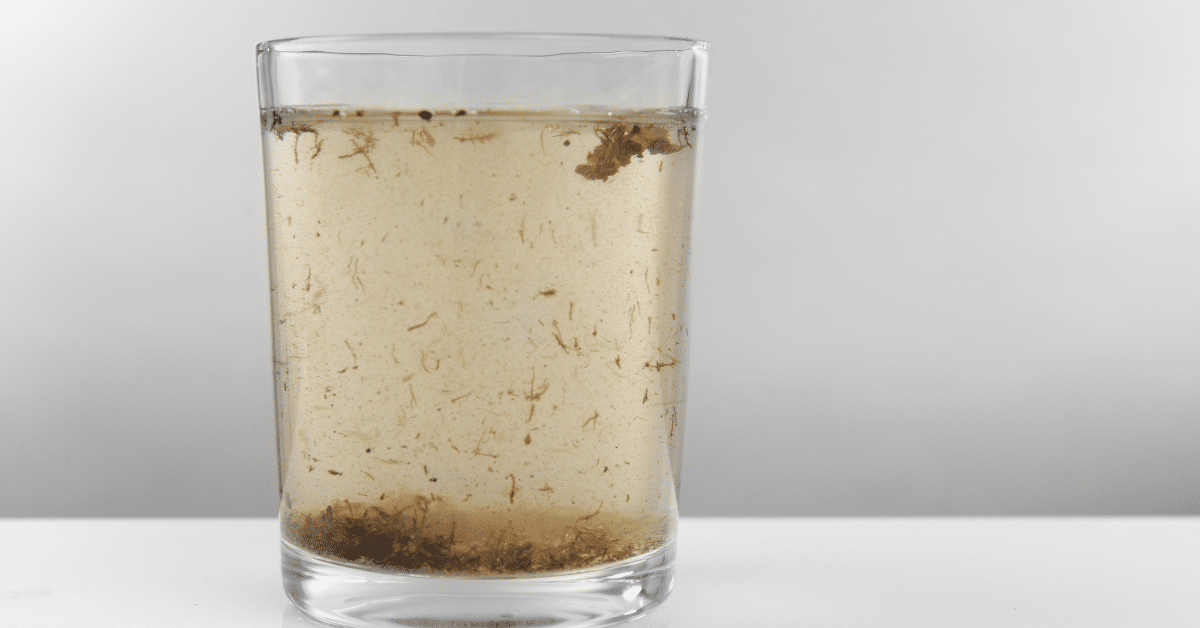
Chloroform, Chromium 6 and How to Remove PFAS from Your Drinking Water
Pollutants in drinking water can pose serious health risks if consumed in high concentrations. Common pollutants found in drinking water include heavy metals like lead, mercury, and arsenic, as well as chemicals like pesticides and industrial solvents. These contaminants can enter water sources through various means such as agricultural runoff, industrial discharge, and improper waste disposal.
PFAS, a now realized issue in Virginia’s water, is finally gaining media attention. Justin Shoemaker, founder of Clearwave Water Solutions, joins the podcast to discuss the topic.
Shoemaker says the status quo regulations really put all the responsibility on the homeowner to ensure their drinking water is safe. “Water quality is one of the most underreported and underregulated things we use everyday… PFAS is not a new thing – it’s in our waterways, it will be in our waterways for a long time, [and] it affects everybody.”
To ensure the safety of your drinking water, it is important to regularly test it for contaminants and take appropriate measures to remove any pollutants present. Water filtration systems, such as reverse osmosis or activated carbon filters, can effectively remove many common pollutants including Per- and polyfluoroalkyl substances (PFAS). Additionally, being mindful of proper waste disposal practices, reducing the use of harmful chemicals, and supporting policies that protect water sources can help prevent further contamination of drinking water. Remember, access to clean and safe drinking water is essential for maintaining good health, so it’s important to stay informed and take action to protect this valuable resource.
PFAS have become a growing concern in recent years due to their presence in water sources and potential health risks. PFAS are a group of man-made chemicals that have been used in various consumer products such as non-stick cookware, stain-resistant fabrics, and firefighting foam. These chemicals are highly persistent in the environment and can accumulate in the human body over time.
Exposure to PFAS through contaminated water sources has been linked to various health issues, including developmental delays in children, decreased fertility, increased cholesterol levels, immune system effects, and even an increased risk of certain cancers. The Environmental Protection Agency (EPA) has set health advisory levels for some PFAS compounds in drinking water to protect public health. However, current systems do not filter out these harsh substances.
Efforts are being made to regulate and remediate PFAS contamination in water sources, including monitoring, treatment, and cleanup initiatives. It is crucial for communities to be aware of the potential risks associated with PFAS in water and take steps to address contamination to ensure safe drinking water for all.
Join us now to fight against these toxic chemicals by stopping pollution at the source.